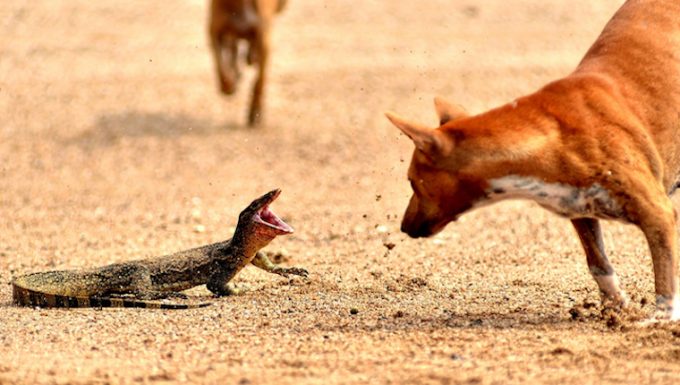Lizard venom poisoning in dogs happens when a dog is bitten by a lizard. The severity of the condition depends on how long a dog is bitten for.
Specifically, the Mexican Beaded lizard and Gila Monster lizard are a danger to dogs. Usually, these lizards are found in the southwest of America.
If you see the signs of the condition in your dog,…








